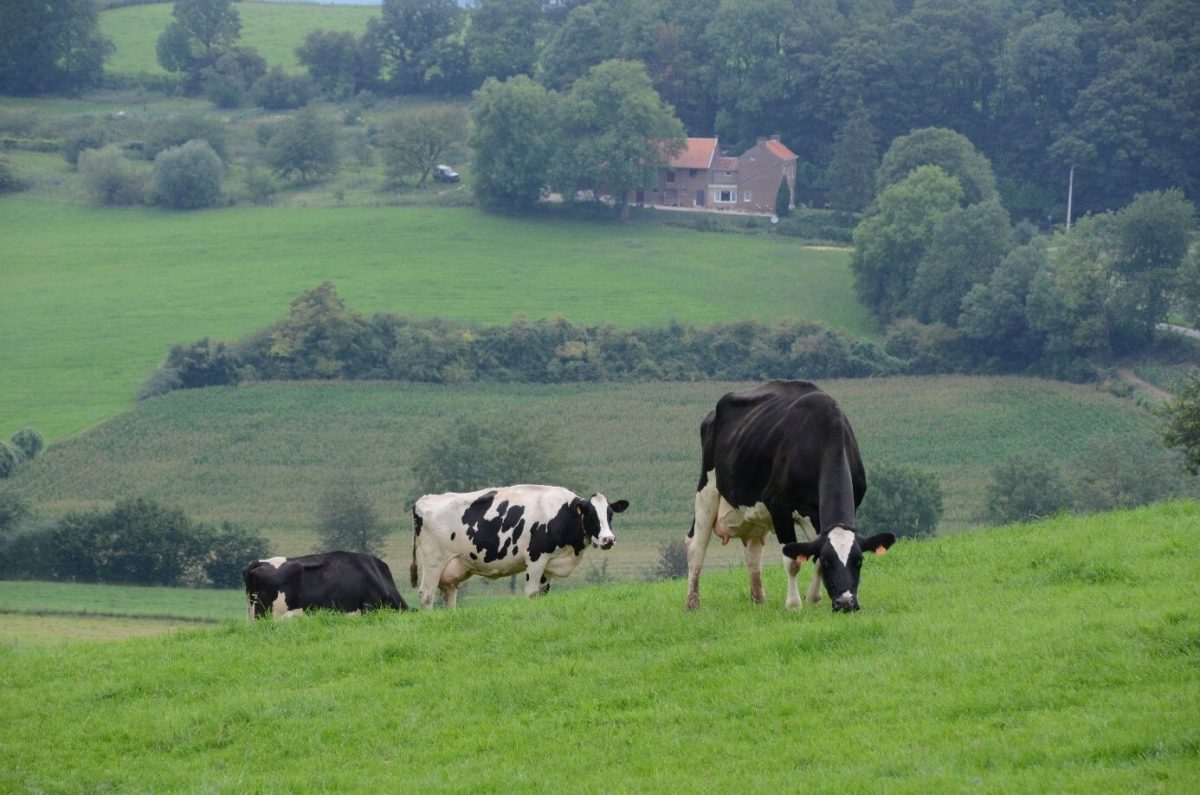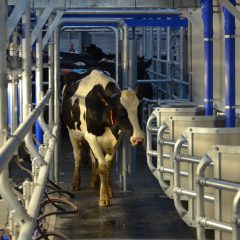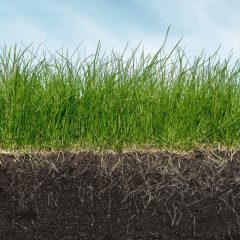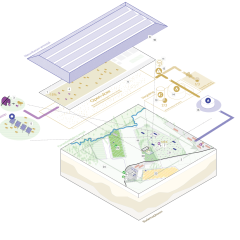Research project Precision Livestock Farming (PLF) technologies to tackle greenhouse gas emissions from grazing cattle.

General introduction
To what extent can we use sensors and precision farming techniques to map the methane emissions of grazing cows? And how can we reduce those emissions via grazing management interventions? Within the research project 'Grastech' we set out to answer to this question. In the controllable (feed and management) conditions of a modern dairy barn, methane emissions have already been mapped and some climate strategies have already been researched. However, little was known about methane emissions on pasture, where circumstances can be very different. Therefore the researchers wanted to develop solutions for the climate impact of cows there as well. After all, enteric emissions in Flanders should be reduced by 19% by 2030 compared to 2005 (Flemish Climate Plan).
Research approach
In a first phase, we looked for adapted and validated measuring techniques, because it is not easy to correctly determine the digestive gases of cows on the pasture. Grazing studies in Belgium and France were carried out within the existing agreements for "pasture milk" (minimum 120 days during minimum 6 hours a day) as a basis for the development of a pasture management system aimed at reducing the methane production without reductions in milk production. The barn diet was therefore altered to include a higher ratio of corn silage, and a methane reducing feed additive was tested as well. Finally, research partner ILVO mapped the impact of each step in the milk production process (grazing versus silage? the different grazing systems?) on the total methane emission using life cycle analysis throughout the entire production chain up to the farm gate.
Relevance/Valorization
The Grastech project impacts the sustainability of the Flemish dairy sector. The carbon footprint of pasture milk was better mapped by monitoring methane emissions from grazing animals and taking the carbon footprint of the feed materials used into account. The expansion of the knowledge about the actual greenhouse gas emissions from grazing animals is important for the Flemish climate accounting, because in this way greenhouse gas emission reductions from grazing animals can also be taken into account. The extensive holistic analysis of a number of pasture systems (at ILVO as well as at the other EU partners) provided insights with which livestock farmers can reduce the methane emissions of their grazing animals.
Financing
VLAIO









